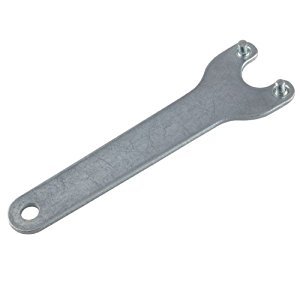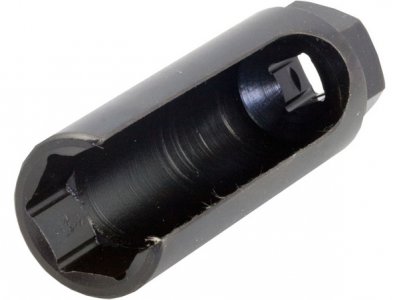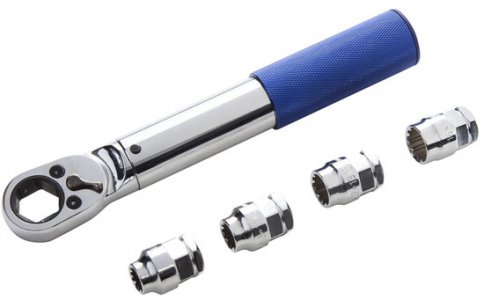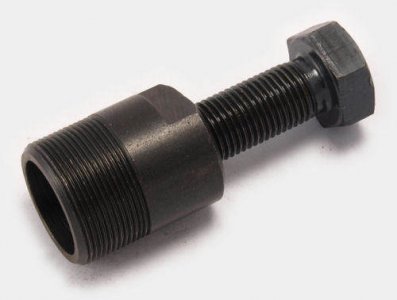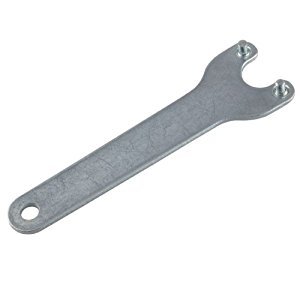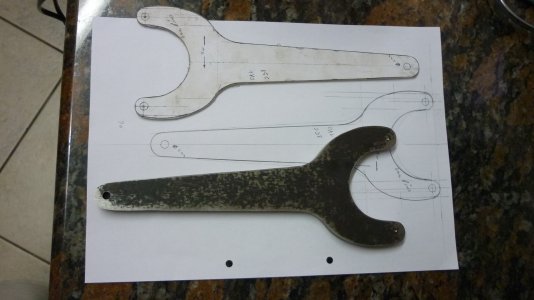Hi Guys
Hope somebody is familiar with this Machine which we have just bought.
The GRINDING WHEEL FLANGE has really been butchered, if not massacred. Don't eyeball pic !!! We will need to remove the WHEEL at some point in time and rather know now exactly how to, than later. The method in the Manual we have is complicated enough and we would appreciate if somebody could simplify this in "lay terms". Also, would we be able to get a replacement, seeing this is such an old Machine ???
The other items are the LONGITUDINAL TABLE STOPS which don't want to move, even after loosening the small holding Bolt. We definitely require the Longer Table Travel. The Left Side Stop has its 4.0mm Bolt broken at the stem anyway and we would need remove that initially to get things going and machine a replacement. ( cc. pic attached )
Would appreciate some enlightenment here
TIA
aRM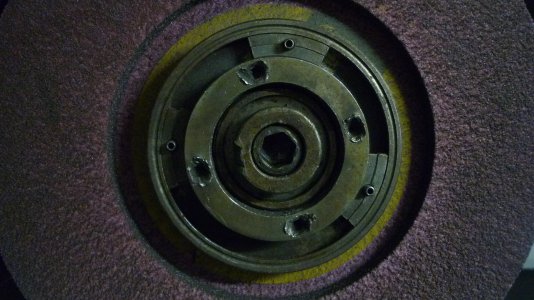
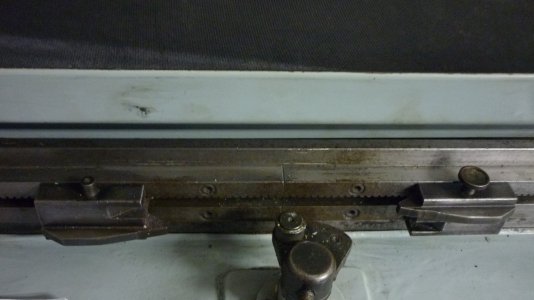
Hope somebody is familiar with this Machine which we have just bought.
The GRINDING WHEEL FLANGE has really been butchered, if not massacred. Don't eyeball pic !!! We will need to remove the WHEEL at some point in time and rather know now exactly how to, than later. The method in the Manual we have is complicated enough and we would appreciate if somebody could simplify this in "lay terms". Also, would we be able to get a replacement, seeing this is such an old Machine ???
The other items are the LONGITUDINAL TABLE STOPS which don't want to move, even after loosening the small holding Bolt. We definitely require the Longer Table Travel. The Left Side Stop has its 4.0mm Bolt broken at the stem anyway and we would need remove that initially to get things going and machine a replacement. ( cc. pic attached )
Would appreciate some enlightenment here
TIA
aRM




